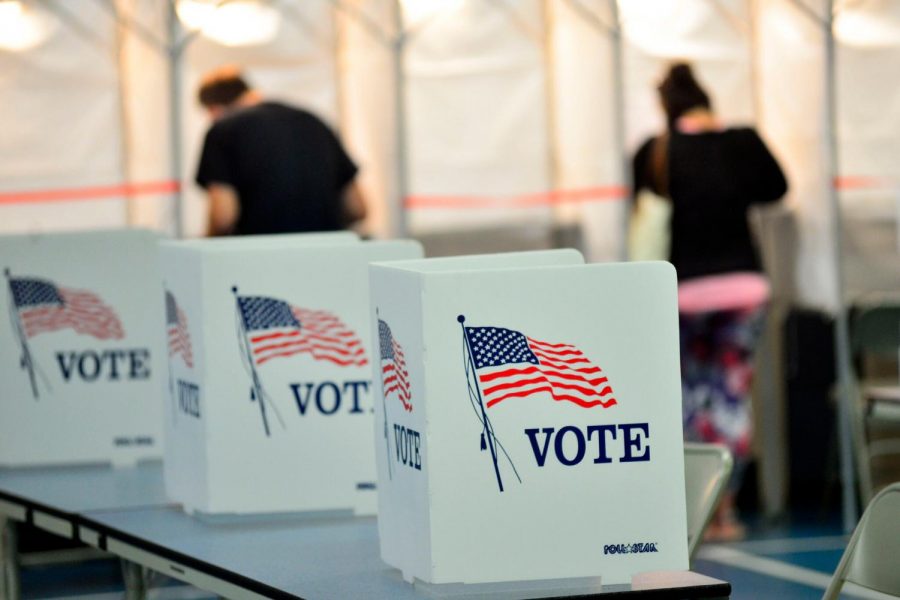The Flaws Within Voting Technology
November 16, 2021
On November 2, 2021, after the school day I visited a polling site with my parents so that they could cast their vote for the New Jersey gubernatorial election. I have always had a passion for politics, so I liked to have that exposure to elections and have first-hand experience with some of the most essential features of our democracy. During this time, I noticed that the lines were excessively long as people had trouble determining what was required to cast their ballot, and only two machines were open for the dozens of people waiting. One of the two available machines proceeded to break, not producing the papers needed to send in ballots. The wait became much longer, and as the poll workers attempted to call the company that provided the technology, they were unavailable and hung up. This problem proved to be of significance for this election in particular due to how each vote holds such weight; the difference in votes for each candidate came down to several hundred, and one machine breaking could make all the difference. So if the voting systems can easily malfunction and their makers are not accessible to fix them, how can everyone cast their vote fairly? According to the Brennan Center for Justice, “In 2018, 41 states used equipment that was at least 10 years old, increasing the risk of failures and crashes.” In today’s world, technology is so advanced that a person could buy a car without ever leaving their couch or talk with a relative that lives thousands of miles away. With these accomplishments, it does not make sense that the system that selects our country’s leaders should remain archaic. The Brennan Center for Justice also provides that the problems mentioned “disproportionately affect low-income voters, new voters, and elderly voters.” These problems should be reviewed by the companies that manufacture these machines, and have simple solutions with some more time and detail put into reviewing the system.

